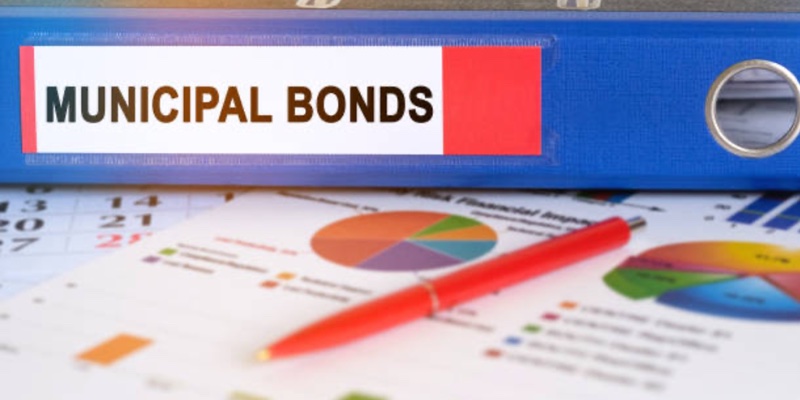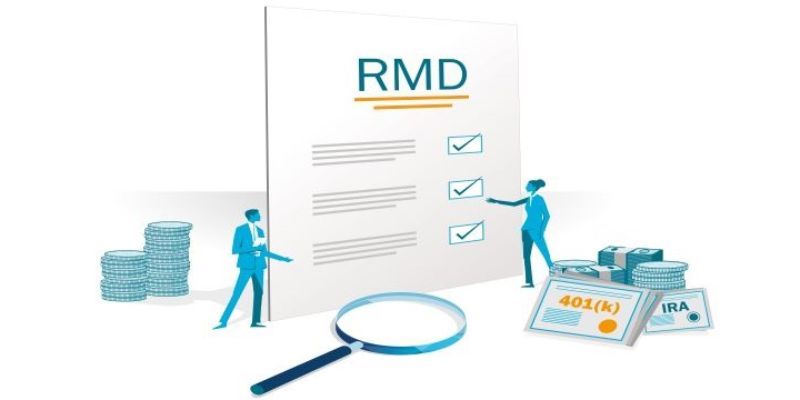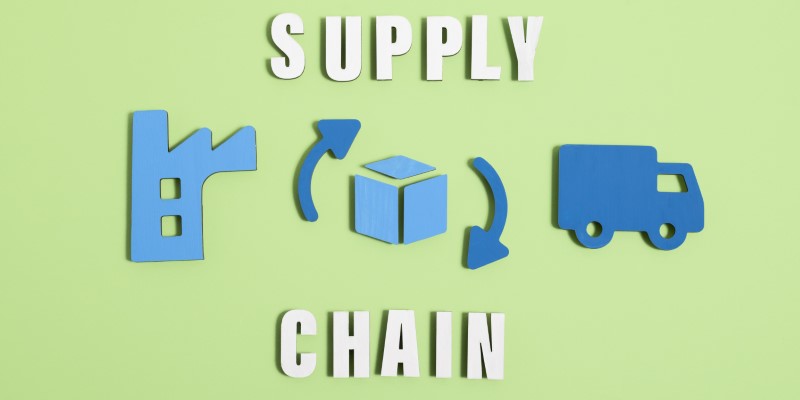Who Should Invest in Municipal Bonds?
Investing in municipal bonds can be a sensible way to diversify portfolios while reaping tax advantages. However, it is paramount to discern who should invest in these financial instruments. This article expounds on the benefits of municipal bond investment, identifies the best, and explores strategies for investing in municipal bonds.
Understanding Municipal Bonds
Municipal bonds are debt securities promulgated by local government entities such as municipalities, counties, and states. They are used to underwrite public projects like schools, thoroughfares, and hospitals. The primary allure of investing in municipal bonds is their tax-exempt status, which can offer significant savings.

Municipal Bond Investment Benefits
1. Tax-Exempt Income: One of the principal municipal bond investment benefits is that the interest accrued is frequently exempt from federal income taxes and, in certain instances, state and local taxes as well.
2. Low Risk: Municipal bonds are considered comparatively low-risk investments juxtaposed to other securities. The propensity for default is lower, particularly with bonds undergirded by tax revenues.
3. Steady Income: Investors receive regular interest disbursements, making it an enticing option for those seeking a reliable income stream.
4. Community Impact: By investing in municipal bonds, investors underwrite the funding of public projects that can facilitate local communities.
Who Should Consider Investing in Municipal Bonds?
High Net-Worth Individuals
High-net-worth individuals often seek investment opportunities that can provide tax advantages while preserving capital. Investing in municipal bonds perfectly aligns with this paradigm. Municipal bond investment benefits such as tax-exempt income and low risk make them an ideal choice for affluent investors aiming to safeguard their wealth and engender a steady income.
Retirees
Retirees often prioritize income stability and tax efficiency. Investing in municipal bonds offers both. Regular interest disbursements can augment retirement income, while the tax-exempt nature of the interest helps them maximize their earnings without propelling them into higher tax brackets.
Conservative Investors
Investors with a conservative risk profile may find municipal bonds alluring due to their safety and reliability. The best municipal bonds typically emanate from well-established municipalities with robust credit ratings.
How to Identify the Best Municipal Bonds
Identifying the best municipal bonds necessitates meticulous analysis and consideration of several factors:
Credit Ratings
Credit ratings provided by agencies like Moody's, S&P, and Fitch are indispensable in assessing the risk attendant to a municipal bond. Bonds with high credit ratings are less likely to default, making them safer investments.
Yield
The yield on a municipal bond is a crucial factor to contemplate. While the municipal bond investment benefits include tax-exempt income, investors should juxtapose the yields to ascertain they are obtaining a competitive return.
Bond Maturity
The maturity date of a bond affects its risk and return. Short-term bonds tend to have lower yields but less risk, while long-term bonds offer higher yields at augmented risk. Investors should align bond maturities with their investment goals and risk tolerance.
Types of Municipal Bonds
Understanding the variegated types of municipal bonds can assist in selecting the best municipal bonds for your portfolio:
1. General Obligation Bonds: These are undergirded by the full faith and credit of the issuing municipality and are considered exceedingly safe.
2. Revenue Bonds: These are supported by revenue from specific projects, such as toll roads or airports, and may carry slightly higher risk.
3. Taxable Municipal Bonds: While most municipal bonds are tax-exempt, some are taxable but offer higher yields to compensate for the tax liability.
Strategies for Investing in Municipal Bonds
Diversification
Diversification is a pivotal strategy in investing in municipal bonds. By disseminating investments across various municipalities and bond types, investors can mitigate risk and augment potential returns.
Laddering
Laddering entails purchasing bonds with disparate maturities to manage interest rate risk and ensure a steady stream of income. This strategy aids in maintaining liquidity while capitalizing on varying interest rates.
Research and Professional Advice
Engaging in comprehensive research and soliciting professional advice can propel investment in municipal bonds. Financial advisors can proffer insights and recommendations predicated on an investor's unique financial situation and goals.
Assessing Liquidity and Marketability
Liquidity is an indispensable facet of investing in municipal bonds. Investors need to appraise how effortlessly a bond can be procured or liquidated without substantially affecting its price.
1. Trading Volume
2. Secondary Market Activity
3. Bid-Ask Spreads
Credit Enhancement Mechanisms
Credit enhancement mechanisms can fortify the appeal of municipal bonds, rendering them more secure and enticing.
1. Insurance
2. Letters of Credit
3. State Aid Intercepts
Diversifying Across Geographies and Sectors
Diversification remains a quintessential strategy for investing in municipal bonds. To ameliorate risk, disperse your investments across disparate geographies and sectors.
1. Geographical Diversification
2. Sector Diversification
3. Credit Quality Diversification
Impact of Federal Policies on Municipal Bonds
Federal policies can substantially sway the municipal bond market, affecting their allure and yields.
1. Tax Legislation
2. Infrastructure Spending
3. Monetary Policy
Emerging Trends in Municipal Bond Investments
Green Municipal Bonds
Green municipal bonds are accruing traction as investors seek to underpin environmentally sustainable projects.
1. Environmental Projects: These bonds underwrite projects aimed at mitigating carbon footprints, such as renewable energy and public transit systems.
2. Investor Demand: Escalating awareness of climate change has incited demand for green bonds, offering both fiscal and environmental returns.
Social Impact Bonds
Social impact bonds are another burgeoning sector within the municipal bond market, targeting societal ameliorations.
1. Social Programs: These bonds fund initiatives like affordable housing, education, and public health projects.
2. Performance-Based Returns: Returns on social impact bonds are often concomitant with the success of the funded projects, aligning financial incentives with social outcomes.

Technology and Innovation in Municipal Bonds
Technological advancements are revolutionizing the modus operandi of investors in the municipal bond market.
1. Blockchain Technology: Blockchain can augment transparency and efficiency in bond issuance and trading, curtailing costs and fraud risks.
2. Digital Platforms: Online platforms offer greater access to municipal bond markets, enabling investors to research and trade bonds easily.
3. Data Analytics: Sophisticated data analytics tools assist investors in making informed decisions by providing perspicacious insights into bond performance and market trends.
Conclusion
Municipal bonds offer a singular amalgamation of safety, tax advantages, and community impact, making them an alluring option for various investors. Whether you are a high net-worth individual, a retiree, or a conservative investor, understanding the benefits of municipal bonds and identifying the best ones can aid in making perspicacious investment decisions. By employing strategies like diversification and laddering, you can optimize your approach to investing in municipal bonds and attain your financial objectives.





